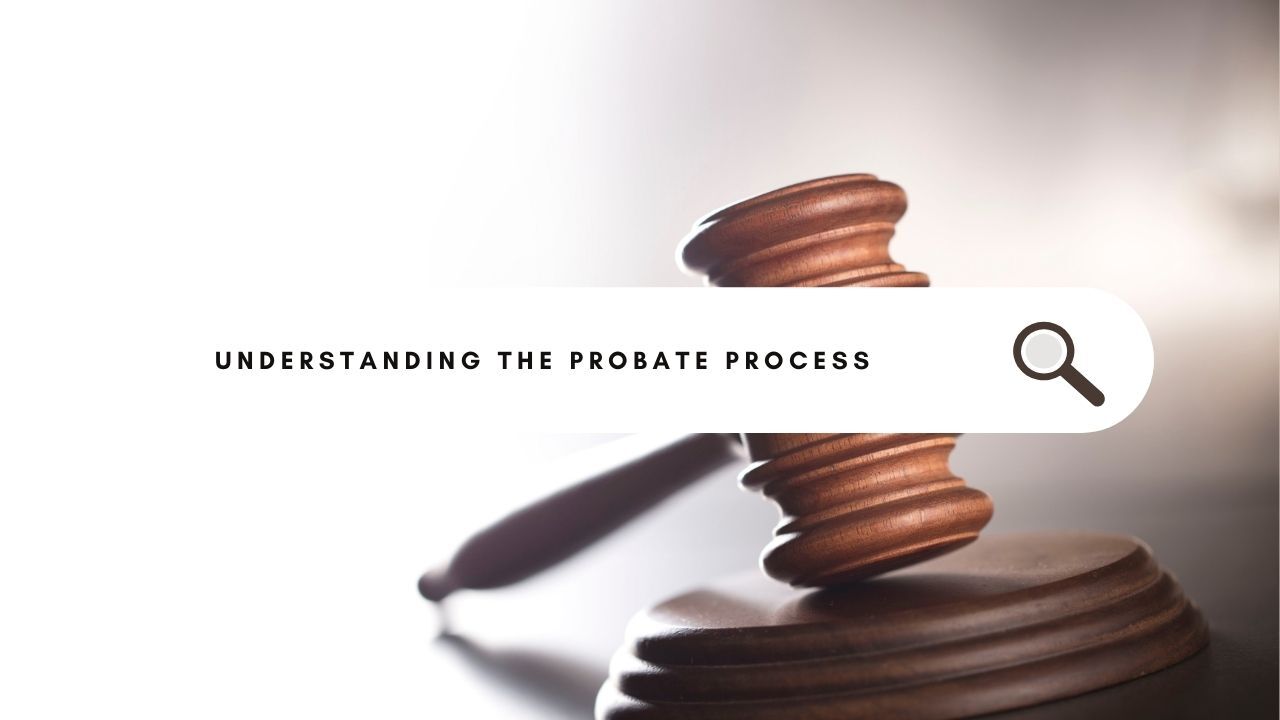 A pocket listing is a property that is for sale, but not publicly advertised. It is not listed on major real estate websites or even MLS. Instead, the agent keeps the listing “in their pocket,” only sharing it with trusted colleagues, buyers, or clients they know are serious.
A pocket listing is a property that is for sale, but not publicly advertised. It is not listed on major real estate websites or even MLS. Instead, the agent keeps the listing “in their pocket,” only sharing it with trusted colleagues, buyers, or clients they know are serious.
These homes are still for sale, but they are sold more quietly, behind the scenes.
Why Would a Seller Choose a Pocket Listing?
- Privacy: They may not want a lot of people walking through their home, especially if they are still living in it.
- Testing the Market: Some sellers want to test interest before going live publicly.
- Targeted Exposure: Sellers may want to avoid open houses and only show to pre-qualified buyers.
- Exclusive Appeal: Pocket listings can create a sense of exclusivity and attract high-end or serious buyers.
Why Should Buyers Care?
If you’re a buyer, pocket listings could give you an edge, especially in a tight housing market. You might:
- Avoid bidding wars
- Get early access to great homes
- Find properties not everyone knows about
- Discover options in areas with low public inventory
But here is the catch: You need the right connections.
How Can You Find a Pocket Listing?
Pocket listings are not just floating around the internet. To find them, you need to be proactive and well connected. Here is how:
Work with an Experienced Agent
Your best chance of finding a pocket listing is by working with a real estate agent who is well networked in the area. We often hear about homes before they go live and can connect you with these opportunities.
Let Agents Know What You Want
The clearer you are about your goals, budget, location, style, the more likely an agent will think of you when a pocket opportunity comes up.
Network in the Community
Sometimes homeowners consider selling but have not listed yet. Talking to neighbors, local businesses, or community groups (with respect and professionalism, of course) can uncover hidden gems.
Ask About “Coming Soon” Listings
Some listings are technically not “pocket” but are not yet public. Agents often know about these before they hit the market.
Pocket listings are not for everyone, but they are a powerful tool if you’re looking for an edge. Want to be in the loop? The best thing you can do is connect with a real estate agent (like me!) who’s in the know and ready to advocate for you behind the scenes.
Go beyond the listings everyone else is seeing—you never know what is waiting in someone’s pocket. Let’s find out together! Give me a call.
 In a competitive real estate market, buyers may feel pressured to make their offers more attractive by waiving contingencies—especially the home inspection. While skipping a home inspection might seem like a way to speed up the buying process or make an offer stand out, it can be a costly mistake with long-term consequences. Here’s why a home inspection should always be part of your home-buying process, no matter how competitive the market is.
In a competitive real estate market, buyers may feel pressured to make their offers more attractive by waiving contingencies—especially the home inspection. While skipping a home inspection might seem like a way to speed up the buying process or make an offer stand out, it can be a costly mistake with long-term consequences. Here’s why a home inspection should always be part of your home-buying process, no matter how competitive the market is. Why Location is Everything in Selling a Home
Why Location is Everything in Selling a Home
 A short sale is a real estate transaction in which a homeowner sells their property for less than the outstanding mortgage balance. While this option can provide relief to homeowners facing financial hardships, it also comes with consequences that may affect their ability to buy another house in the future. We will explore the impact of a short sale on your credit, eligibility for a new mortgage, and the steps you can take to mitigate these effects.
A short sale is a real estate transaction in which a homeowner sells their property for less than the outstanding mortgage balance. While this option can provide relief to homeowners facing financial hardships, it also comes with consequences that may affect their ability to buy another house in the future. We will explore the impact of a short sale on your credit, eligibility for a new mortgage, and the steps you can take to mitigate these effects. When buying or selling a home, factors like location, size, and condition are obvious considerations—but have you thought about the direction your home faces? The orientation of a house can impact everything from natural light and energy efficiency to curb appeal and, ultimately, resale value. Here’s why the direction your home faces matters in real estate.
When buying or selling a home, factors like location, size, and condition are obvious considerations—but have you thought about the direction your home faces? The orientation of a house can impact everything from natural light and energy efficiency to curb appeal and, ultimately, resale value. Here’s why the direction your home faces matters in real estate. When searching for a home, location is everything. Some buyers may be drawn to properties near an airport for the convenience, while others worry about noise and air quality. If you’re considering buying a home near an airport, here’s a breakdown of the pros and cons to help you make an informed decision.
When searching for a home, location is everything. Some buyers may be drawn to properties near an airport for the convenience, while others worry about noise and air quality. If you’re considering buying a home near an airport, here’s a breakdown of the pros and cons to help you make an informed decision. When selling a home, every detail matters—including the colors you choose for walls, decor, and even the front door. Color psychology plays a significant role in how potential buyers perceive a space, influencing their emotions and decision-making. The right color choices can make a home feel warm, inviting, and move-in ready, while the wrong ones can deter buyers. Here’s how color psychology affects home sales and what shades work best to attract buyers.
When selling a home, every detail matters—including the colors you choose for walls, decor, and even the front door. Color psychology plays a significant role in how potential buyers perceive a space, influencing their emotions and decision-making. The right color choices can make a home feel warm, inviting, and move-in ready, while the wrong ones can deter buyers. Here’s how color psychology affects home sales and what shades work best to attract buyers.
 When buying or selling a home, several key professionals work behind the scenes to ensure a smooth transaction. One of the most critical players in this process is the title company. But what exactly does a title company do, and why is their role so essential?
When buying or selling a home, several key professionals work behind the scenes to ensure a smooth transaction. One of the most critical players in this process is the title company. But what exactly does a title company do, and why is their role so essential? The probate process can seem complicated, but for homeowners and beneficiaries, understanding its key steps can make a significant difference. Whether you are dealing with a loved one’s estate or planning for the future, knowing how probate works can help you navigate the legal aspects of transferring property efficiently.
The probate process can seem complicated, but for homeowners and beneficiaries, understanding its key steps can make a significant difference. Whether you are dealing with a loved one’s estate or planning for the future, knowing how probate works can help you navigate the legal aspects of transferring property efficiently.